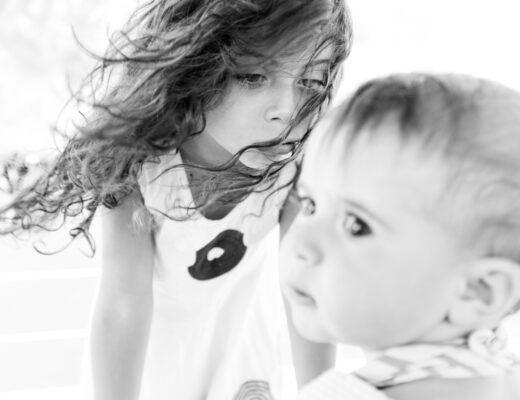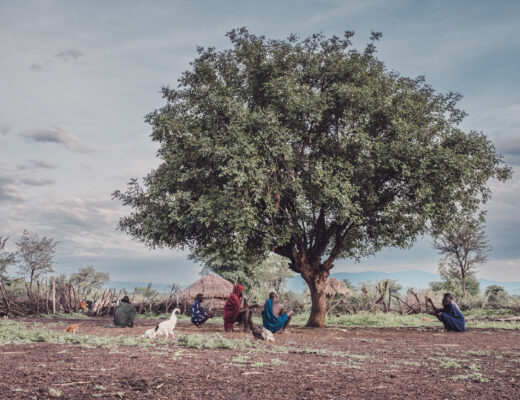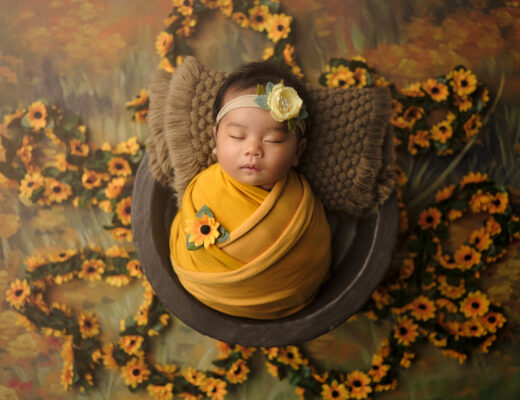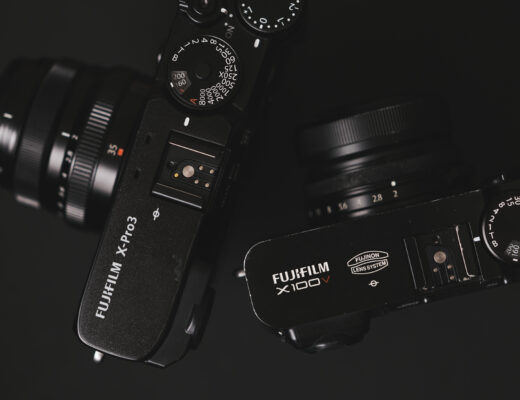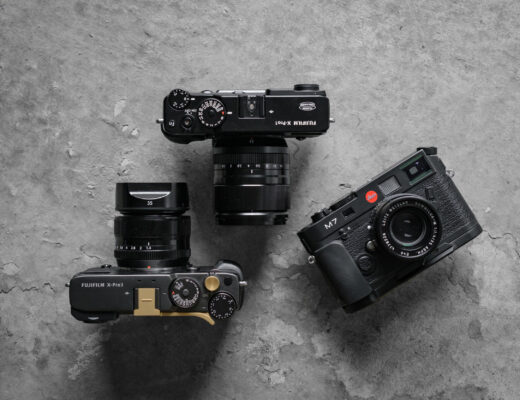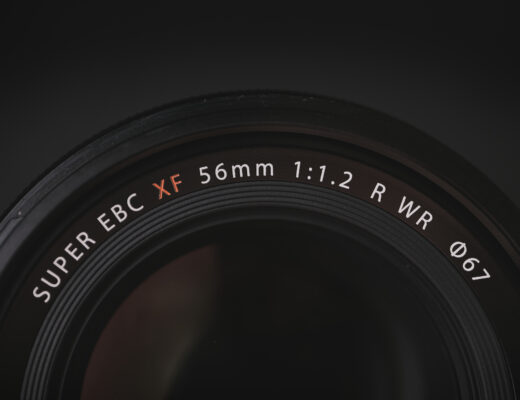Do you ever get bored of the human skin textures? Would you like to cover your subjects with colorful tattoos, body painting, and/or weird textured clothes? Maybe you don’t, and you never would have, but still today I am going to tell you how you can play with textures, cause you never know what your creativity could make of all of this.
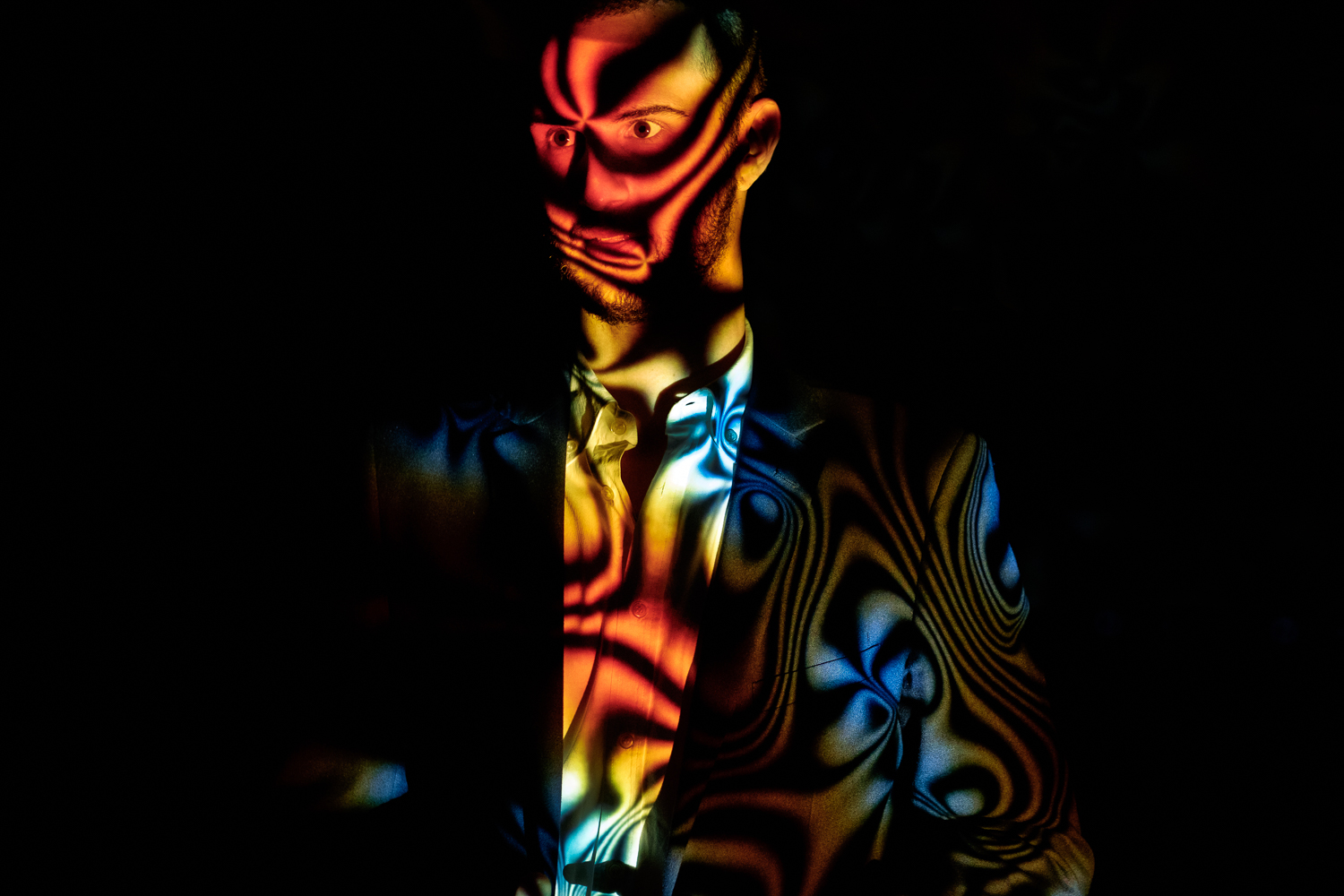
Let’s start with the story, you know I like to start with the stories behind my ideas. So, a few weeks ago I’ve been asked to came up with a new idea on how to portrait the guests of a high-end, commercial event. I won’t tell who the company or the advertised product was for obvious reasons (I’m not here to promote anything, just to talk about photography), but I’ll tell you that they own a fantastic place in the very center or Rome which is kind of their “embassy” for the product.
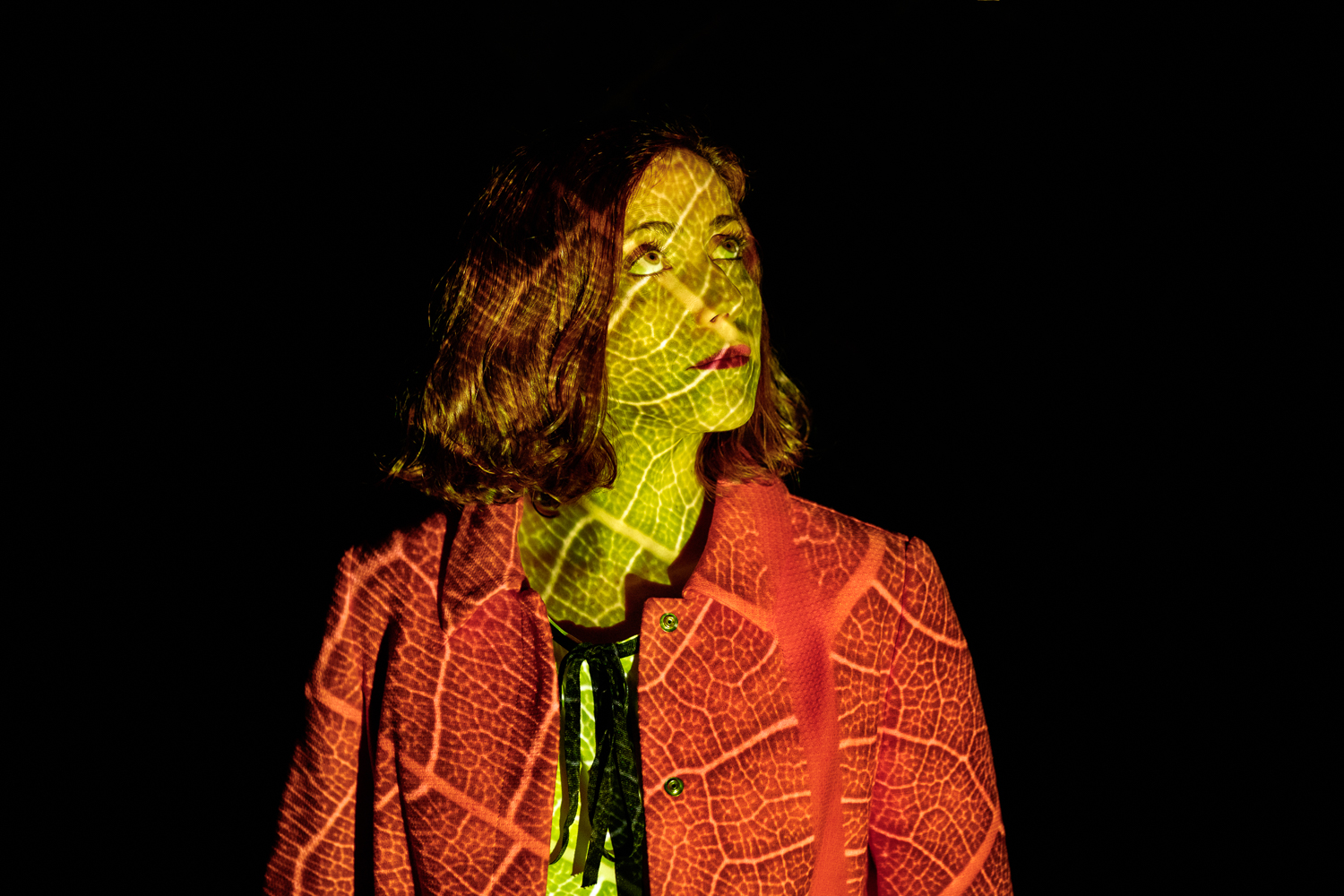
Now, they had done other events in the venue before, and they always had a photographer managing a sort of “photo-boot” for their guests to have their photos professionally taken. This time, however, they were looking for a more creative and unique approach which could deliver the guests with an unexpected experience and, it comes without saying, a cool portrait to show around. And when I say showing around, I mean during the event itself, since it was one of their demands that each guest would receive within a few minutes his/her portrait via Whatsap. So, original and unique portrait, unexpected experience, and immediate delivery. Huh?
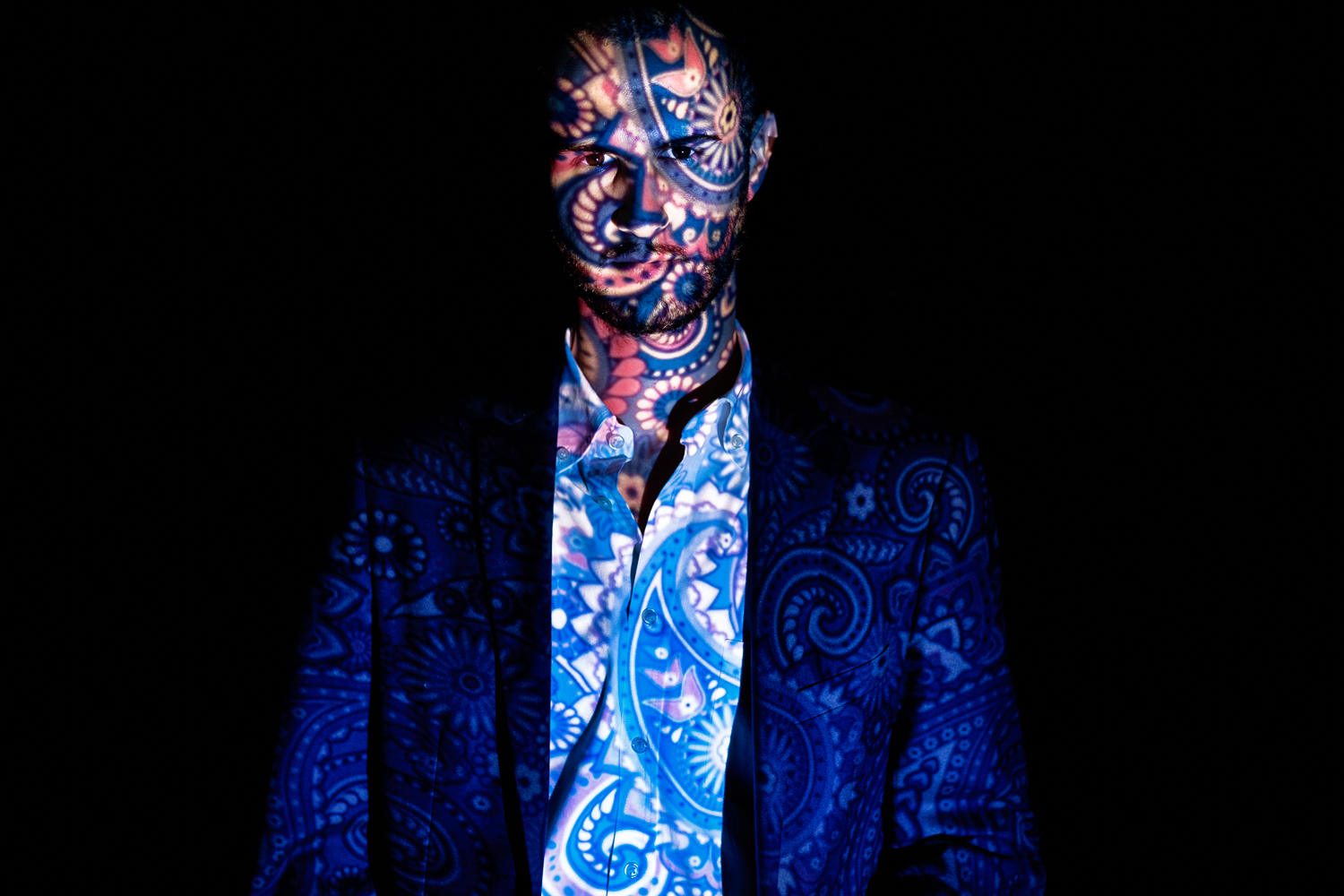
As you did already see from the photos published in this article, I ended up suggesting the use of a projector to overlay various textures and patterns over the subjects shot on a deep black background. We came out with the term “Skin Mapping” for this whole thing. I must say the guests really enjoyed the novelty and the results, especially because they were able to receive their photos almost in real time on their phones, and to show them around at the party.
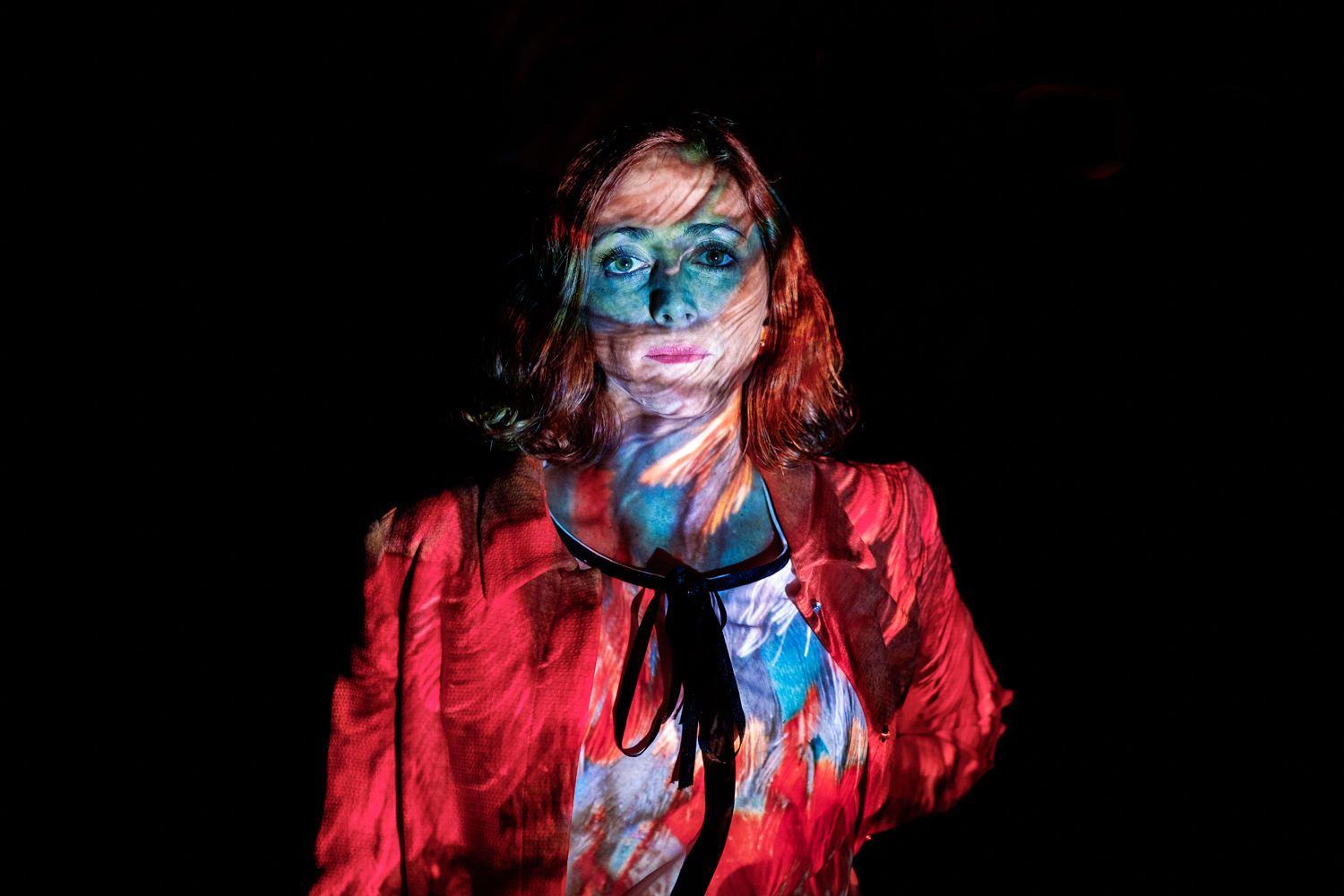
Let’s now go technical. The first thing to know is that, while you can shoot this with any digital camera, mirrorless cameras with electronic viewfinders are actually the best options. The reason is very simple, each different pattern or image projected on the subject requires a completely different exposure, while the black background won’t make it easy for any metering system to guess the right exposure. The EVF, on the other hand, shows exactly what the final exposure will look like, so it’s super quick and straightforward to get the result you want.
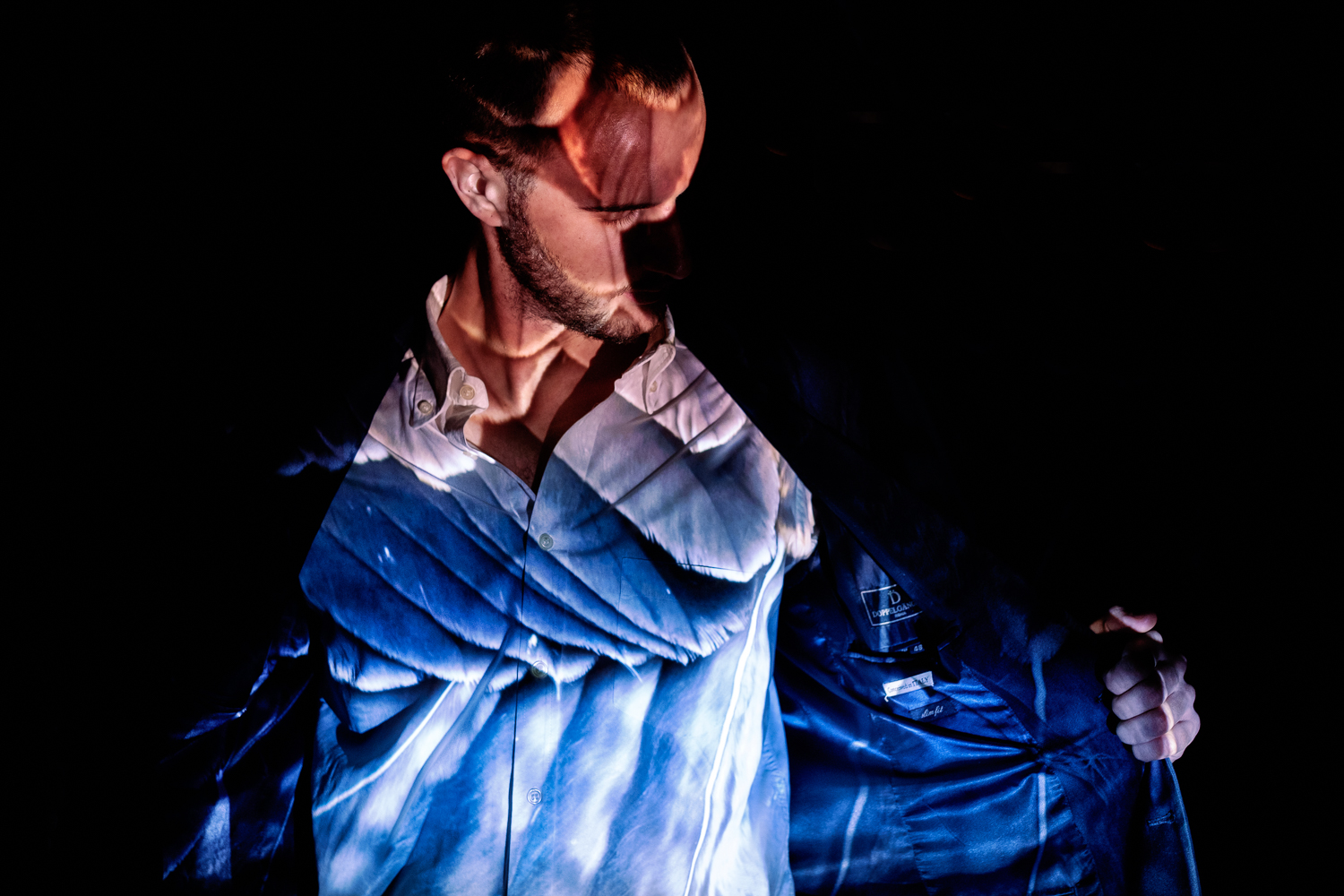
Second, I went for a black background because I didn’t want the textures projected to go anywhere else but the subjects, cause I think this increases the effect of “Skin Mapping”. They gave me a room with dark walls, but the paint was slightly shiny and would reflect some of the projector’s light anyway, so I brought and installed my black vinyl background, which is really light absorbing. Off course I could have gone with the dark walls and corrected the results in post-production, but the “immediate delivery” demand didn’t allow for post-production time, so I had to fix the set so that the out-of-camera shots would have been perfect already.
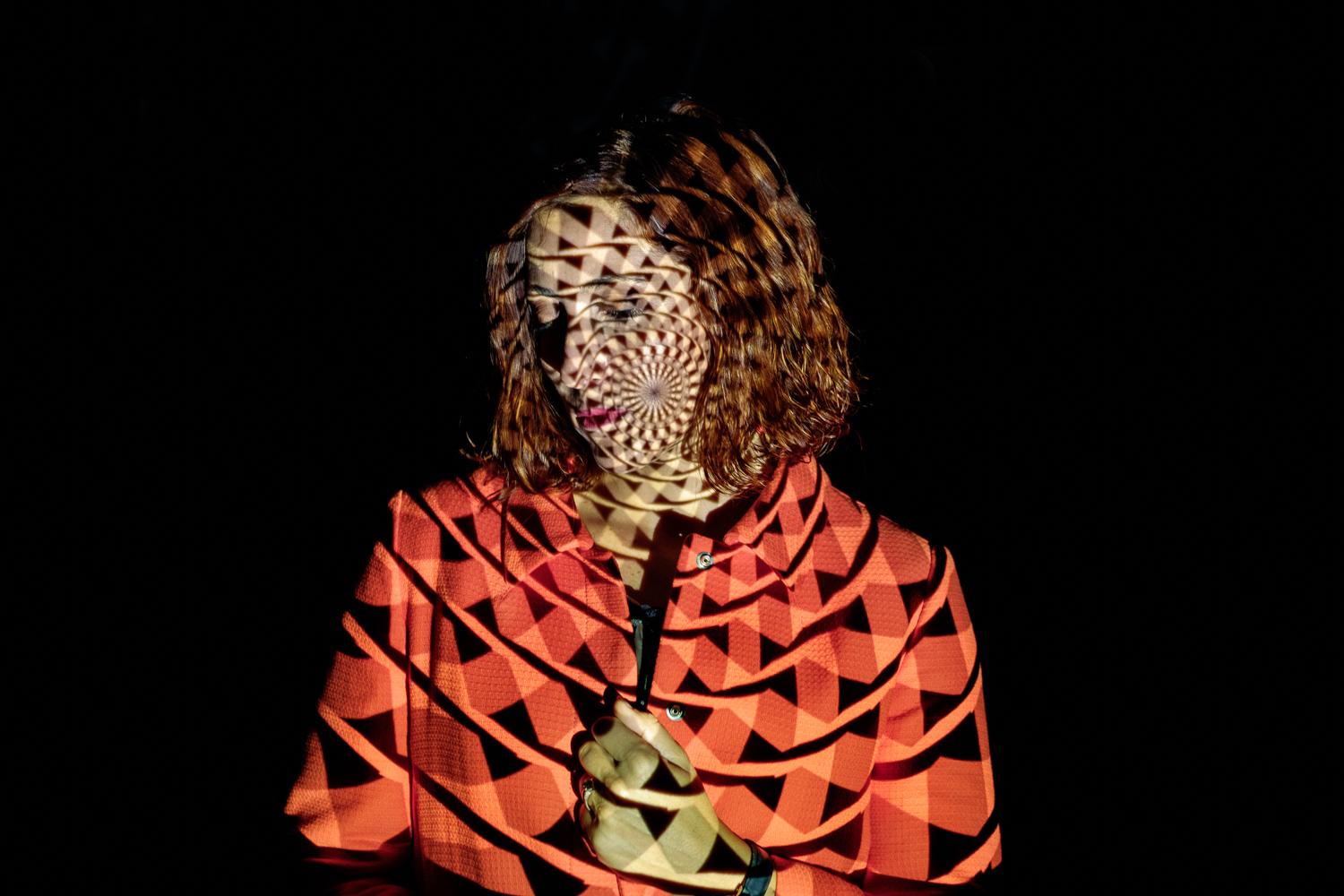
Third, the projector. I needed it to been bright, full-def, and able to focus on a short distance (around two meters, maybe even less) while still covering a decent area (I had to be able to shoot group shots). The event organizers took care of the projector, so besides it was a Benq and that it was up to the task, I sadly can’t add any other details. What I can tell you, however, is that while being obviously important in setting a decent exposure, the lamp brightness can be a problem if too high because it tends to (temporarily, like for a few secs) blind the subject! So while brightness can’t be too low or you’ll end up shooting at 8000ISO, it is pointless to invest in something too bright, because your subjects will either be squinting or just refusing to pose…
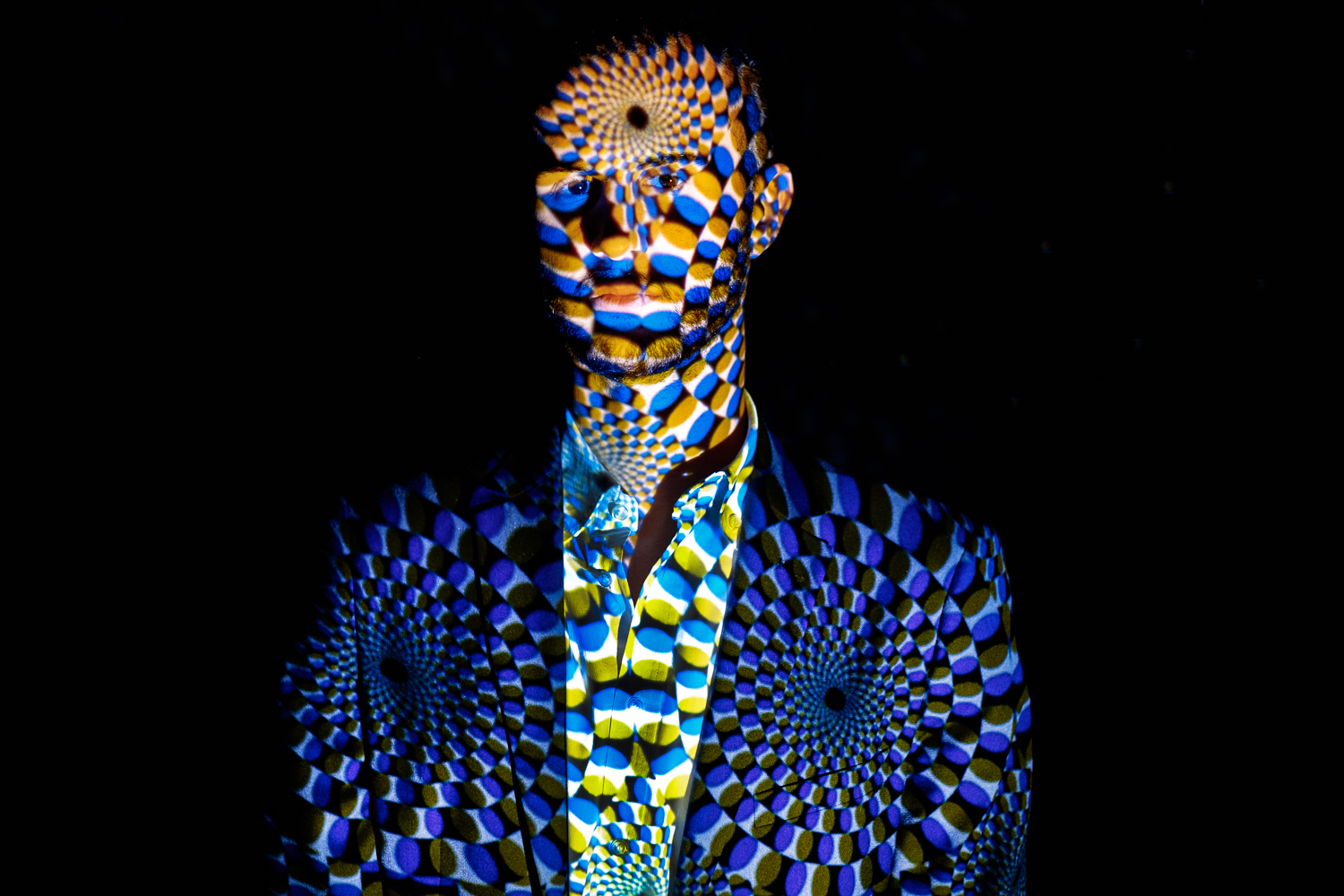
Forth, it takes a bit of work to find the proper textures. I spent a whole afternoon on google images looking for high resolution files with natural patterns (such as reptile scales, foliage, feathers) and optical patterns (psychedelic or geometrical), and when it came to testing their effect, not all of them worked. Some textures make the skin look simply very very ill (I’m talking zombie-like ill), an interesting result if you’re doing a personal project, maybe, but not so much for the kind of event I was working at. Others had just too much white, which made the brightness of the lamp unsustainable for the subject. I had to test them all on my two assistants, Giacomo and Claudia, whose photos you’re seeing in this article.

Finally, the camera set-up. I used the Fuji X-T10 with the Fujinon 56mm f1.2 on it. I used apertures between f/3.2 and f/2.0, a fixed shutter speed of 1/100th (I never go lower when shooting random people who had drinks) and I left the ISO to freely go up to 6400. This really changed a lot depending on the image projected, with the brightest images requesting a 250ISO and the darkest pushing it up to 5000ISO.
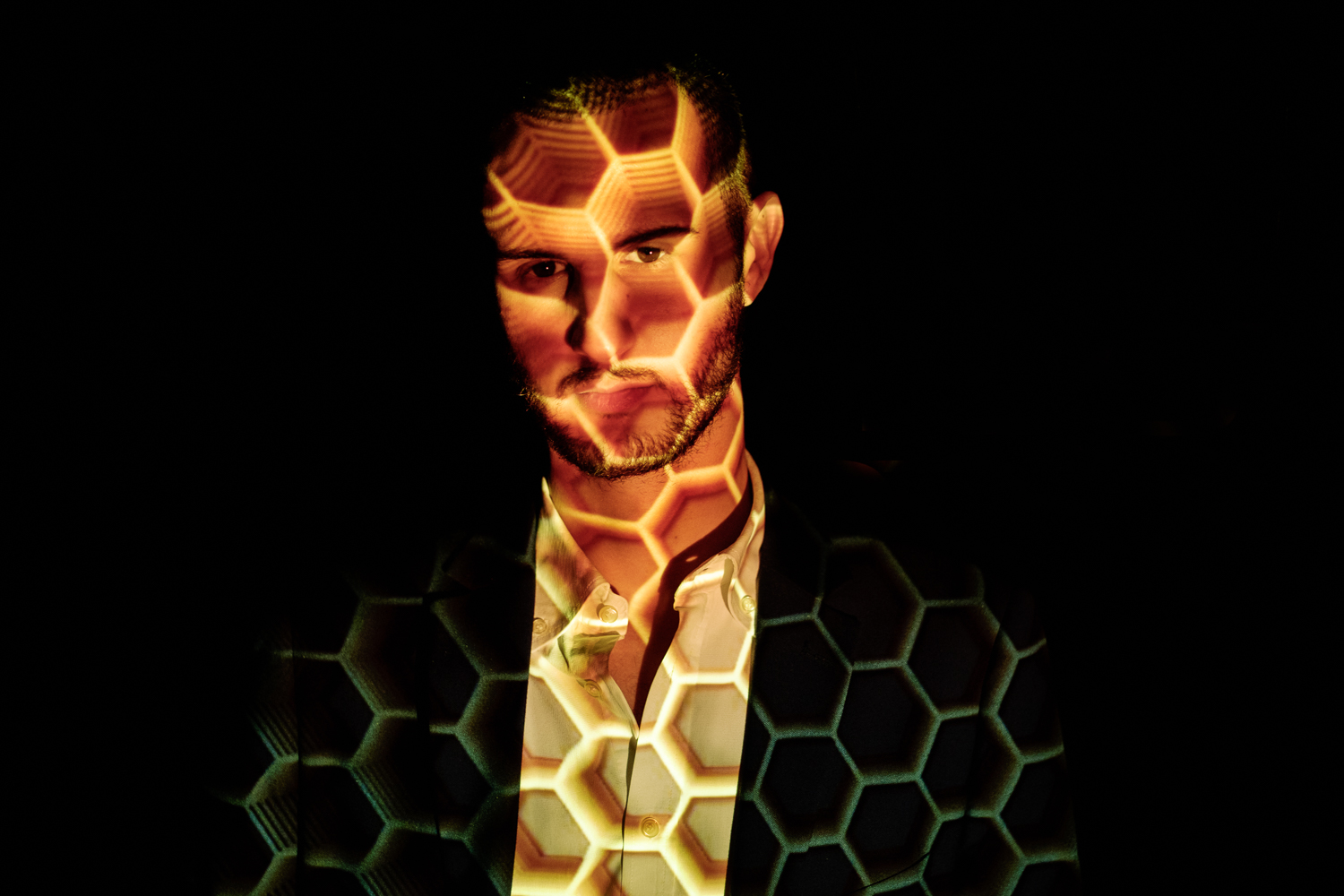
The white balance was fixed on the white of the projector (I eye-metered the proper white balance, nothing too fancy), and the camera was set to record both RAF and JPEG. To the latter I applied in-camera corrections such as +2 Color, +2 Sharpness, -1 Highlight Tone, and +2 Shadow Tone. The latter was needed to increase the “blackness” of the background.
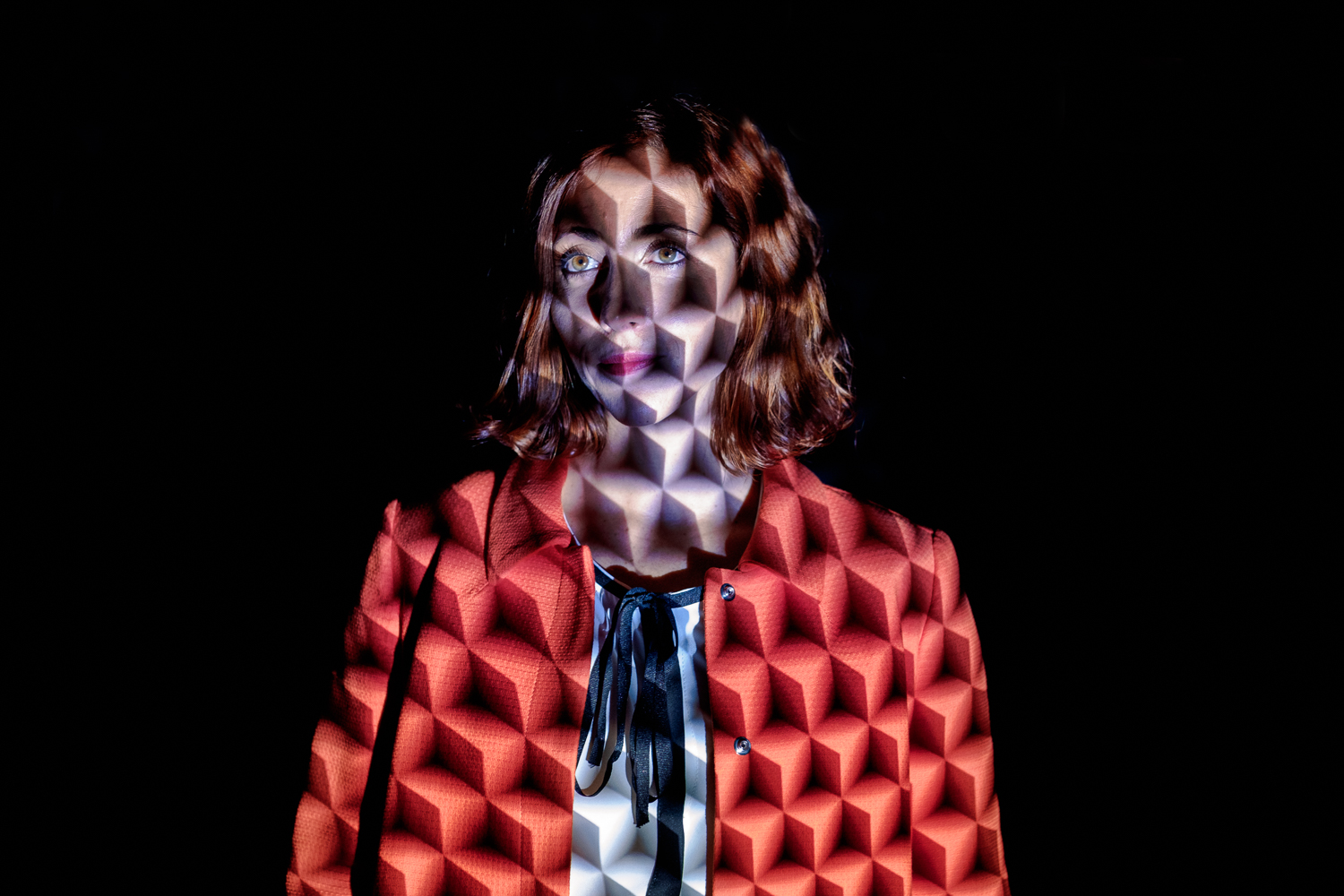
That said, the process was easy, I would pick a textures depending on how the guest and his dress/suit looked, took a couple of portrait of each guest, every five-ten shots I would change card, while my assistants would download the JPEGS, sort the best ones for each guest, and send them via whatsap to the subjects’ phones.
It surely ended up a different photo-boot. The guests would enter in this “dark room” with weird patterns projected on a black background, they would be asked to step in front of it just to be suddenly hit/blinded by the lamp’s brightness, completely unaware of how their portraits were turning into original and unique photos, immediately delivered on their phones. A lot of fun with an unexpected experience!


